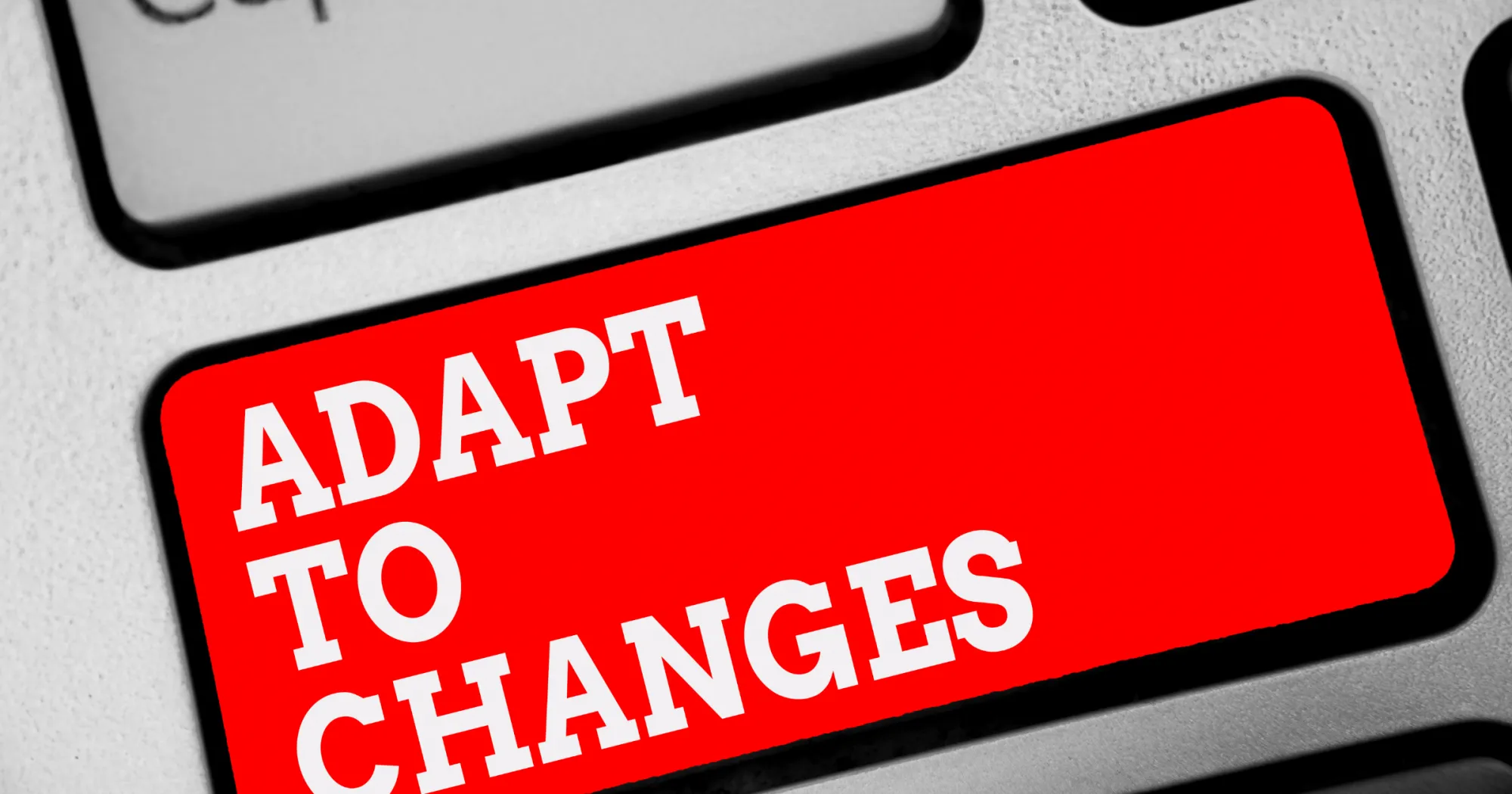Redefined: Strategy is “How to organize to shorten reaction time”. If a decade ago, “scale” was considered the biggest competitive advantage, now “speed” is the vital factor. A business strategy that was designed for 5 or 10 years can now be outdated after only 6 months. In a world where the market changes every day, technology is updated every hour, and consumer behavior fluctuates with every trend – businesses that are not fast will be replaced, not weak.
So today’s strategy is no longer a hundred-page blueprint, but an organizational capability that can shorten reaction times – where speed becomes the soul of competition.

Speed – the New Measure of Strategic Competence
In the past, strong businesses were measured by assets, market share, or years of experience. But in the digital age, where a startup can overtake a corporation in just 18 months, speed of adaptation is the true measure of strategic competence.
Speed is not about running faster, but about making decisions quickly, learning quickly, and pivoting quickly – the three elements that make up “strategic speed”.
An agile organization is one that:
- Identify market signals early thanks to data and analytics systems.
- Make flexible decisions thanks to a flat process, without layers of consultation.
- Try – fail – learn – adjust quickly without waiting for “quarter-end reports””.
These capabilities only emerge when businesses understand that speed is not a reflex, but a construct.

Strategic Speed vs. Emotional Reaction
Many businesses think that being fast means “reacting immediately.” But emotional reaction often leads to organizations losing direction, chasing trends, and burning energy on short-term changes.
“Strategic Speed” is the ability to respond systematically, based on data and preparation.
A business is fast not because it does a lot, but because it minimizes the lag between information and action.

AI and automation are changing this concept completely. With real-time data analytics, businesses can grasp market signals as soon as they appear:
- When customer demand increases in an area, the system suggests inventory adjustments.
- When a media campaign reaches a peak of engagement, AI suggests expansion or redirection.
- When user behavior changes, the CRM system automatically personalizes content.
Strategic speed means that businesses are “ready to adapt,” not “forced to change.”
When the market no longer belongs to the biggest
Covid-19 is the cruelest but most honest test of any strategy.
Large corporations, with dozens of levels of approval, took months to decide to switch sales channels. Meanwhile, small, agile businesses that dared to try online in the first week, overcame the crisis faster.

The story of brands in 2020–2023 is a clear example:
- Some local restaurants quickly switched to the “cloud kitchen” model and sold through delivery apps, instead of waiting to reopen.
- Training centers immediately digitized their courses, creating online learning platforms in just 2 weeks.
- Vietnamese fashion brands such as Routine or Coolmate quickly took advantage of customer data to optimize “work from home” products.
They don’t have huge resources, but they do have one thing the big guys don’t have: the ability to pivot quickly while maintaining a clear sense of direction.
Speed Structure: Flat Organization – Digital Processes – Seamless Data
To be fast, businesses cannot keep the old management model.
A speed strategy requires three fundamental elements:
Flat Organization:
Reduce management layers, increase decision-making power at touch points. When employees are empowered to quickly handle customer situations, businesses not only respond faster, but also improve brand experiences.
Digital Processes:
Instead of relying on people, businesses need technology-enabled operations – enabling real-time decision-making, reporting, and coordination.
Seamless Data:
Discrete data is the enemy of speed. When information is scattered across departments, every decision is slowed down. A speed strategy requires a unified data system where every department sees the same reality, the same “single truth”.
That’s why AI and smart governance platforms are becoming the brains of strategic speed – not just helping predict but also proactively suggesting actions.

Real Life: Pivot Fast to Survive
As the world changes so rapidly, pivoting becomes a strategic skill.
For example, in the period 2023–2025, many Vietnamese businesses have made remarkable moves:
- Travel companies are turning to virtual experiences and livestreaming to explore local areas.
- F&B businesses are building digital loyalty systems, retaining customers with personalized offers.
- Some traditional manufacturers are starting to apply data and AI to forecast raw material demand, helping to reduce operating costs by 20–30%.
Those decisions don’t come from luck – they come from businesses building strategic response capabilities before a crisis hits.

Speed – from survival skill to sustainable advantage
The paradox is: speed is no longer just a crisis response. It has become a long-term strategy for thriving in uncertainty.
A fast business today not only weathers the storm, but also learns to turn volatility into opportunity.

As AI, data and automation become deeply integrated into business models, businesses no longer need to “predict the future accurately”, but only “respond quickly enough to every possible future”.
Strategy, therefore, is no longer a “straight line to a goal”, but a flexible network that is always ready to reinvent itself.












